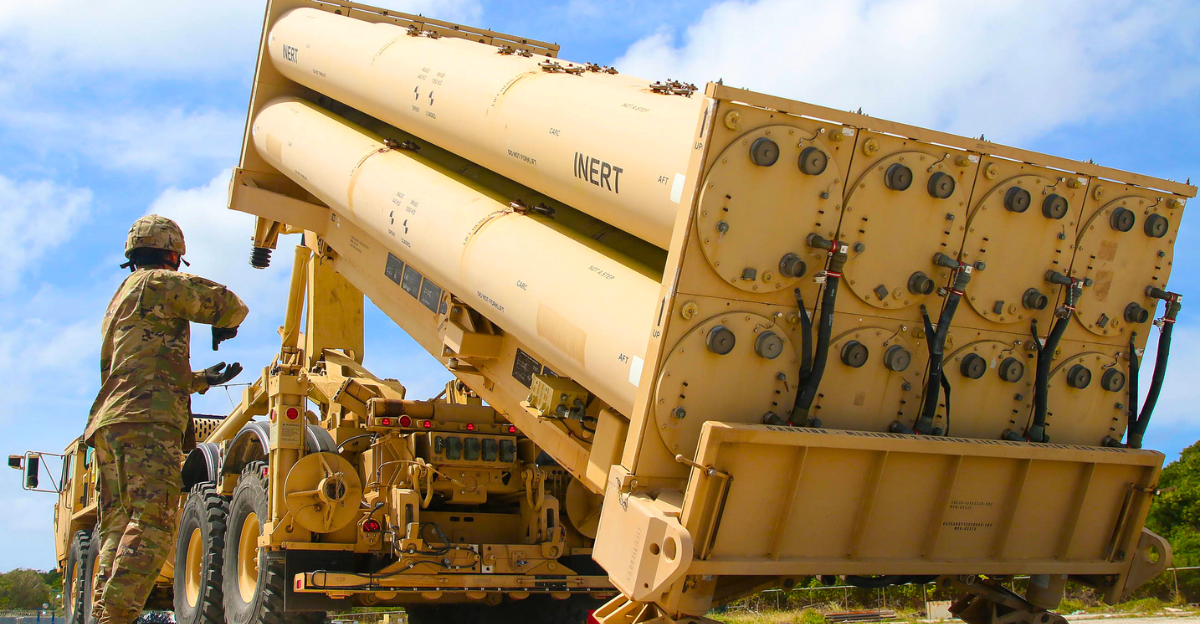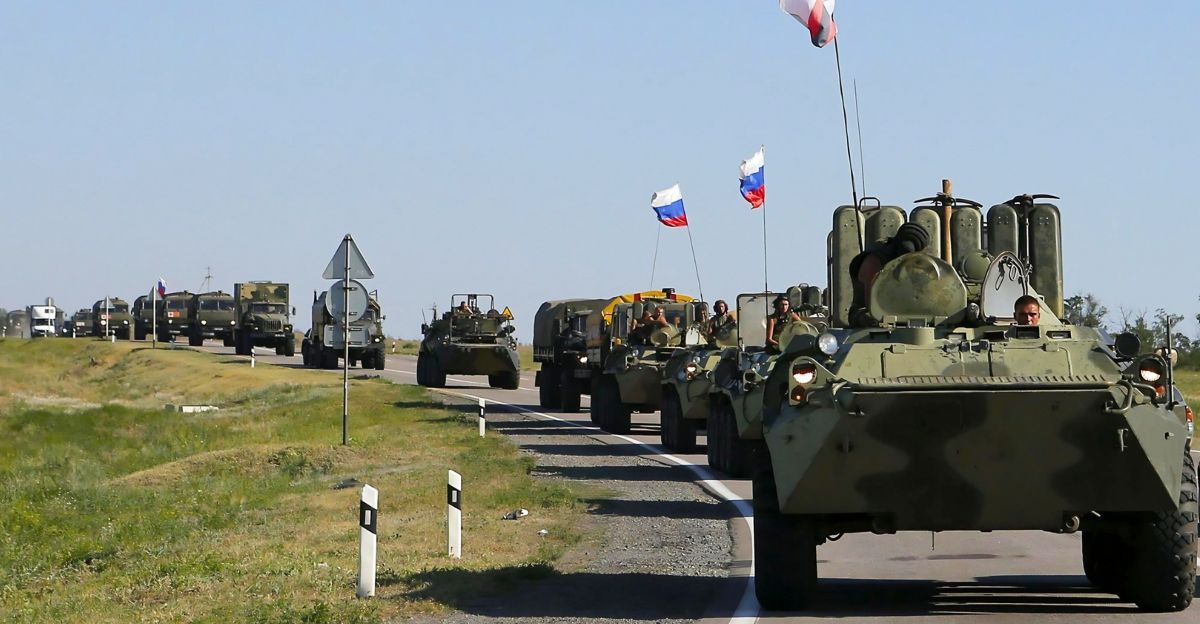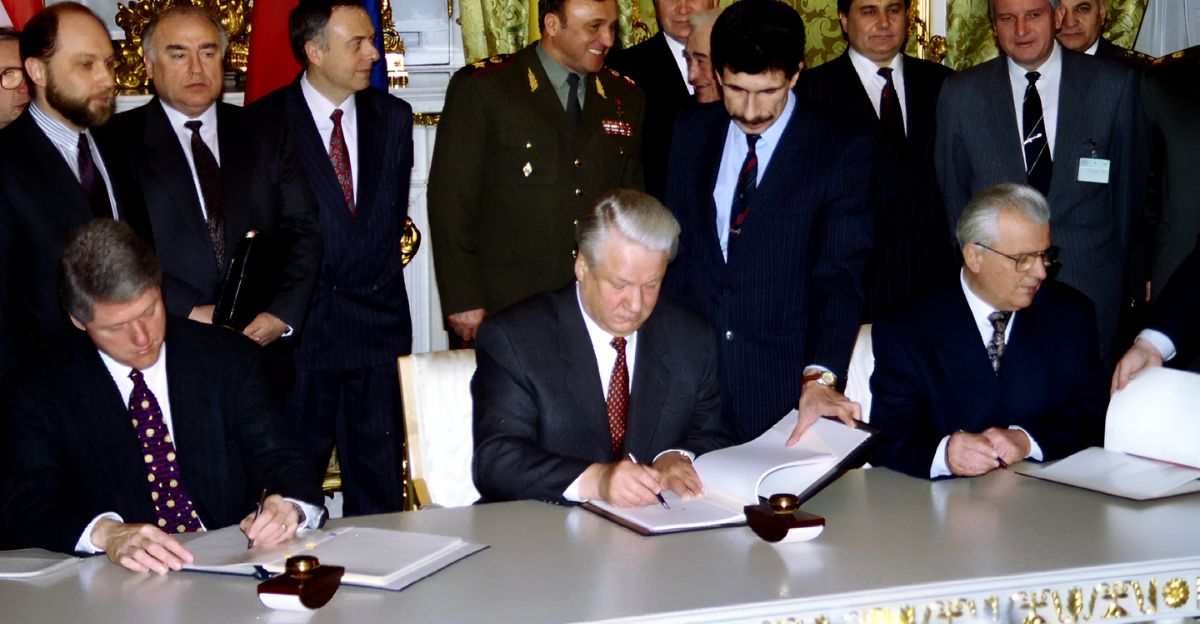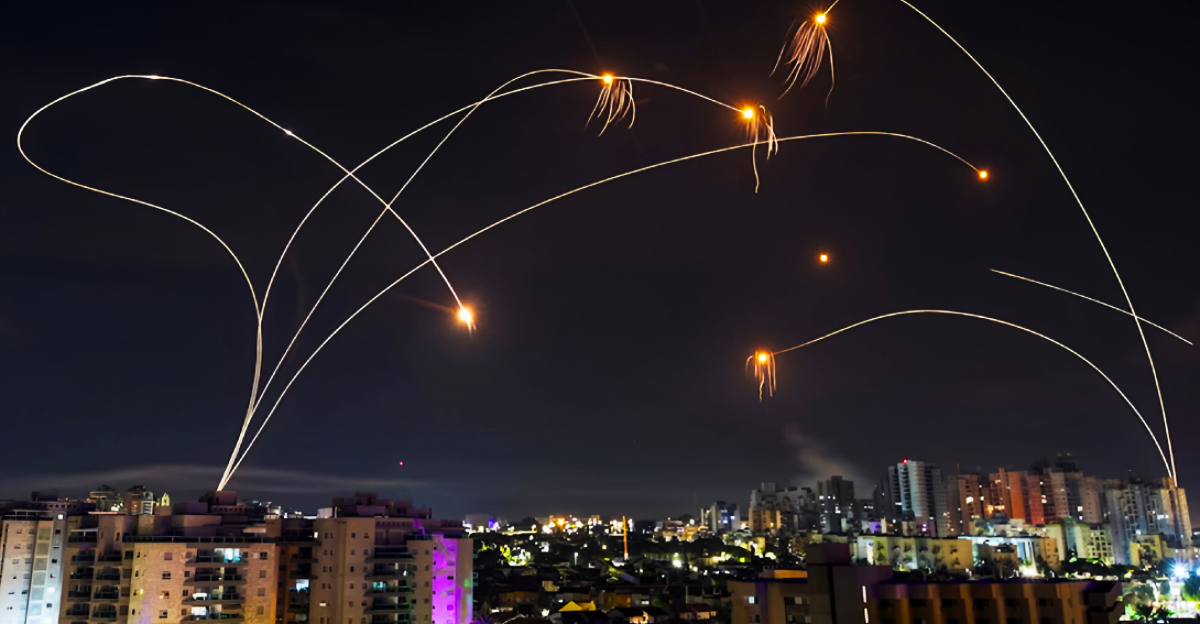
In just nine days of direct conflict with Iran, Israel has burned through $6.5 billion, more than many countries spend on defense in an entire year. This isn’t your typical Middle East flare-up where proxy forces trade rockets across borders. This is industrial-scale warfare where every intercepted missile costs Israel between $700,000 and $4 million, while Iran’s incoming projectiles cost a fraction of that to produce.
The Tel Aviv Stock Exchange has taken a direct hit. Hospitals are in emergency mode. Over 5,000 civilians have been displaced. This is no longer just a military confrontation. It’s economic warfare, calculated to stretch Israel’s resources to the breaking point. Here’s a closer look at the hidden cost of this conflict.
When Your Shield Costs More Than Their Sword

Israel’s defense math is brutal. Firing an Arrow 3 interceptor can cost up to $4 million, while Iran spends just $100,000 to $300,000 per missile. That’s a staggering 10-to-1 cost ratio in Iran’s favor.
Before the war, Israel’s monthly defense spending was $1.8 billion. By late 2024, it had surged to $4.7 billion. During active exchanges, daily missile defense costs are nearing $285 million.
The Aaron Institute projects a month-long war could cost Israel $12 billion, about 8% of its annual GDP. Iran, meanwhile, can keep this up far longer. Their cheaper arsenal allows them to drain Israeli coffers with each passing day.
The Cracks Are Already Showing
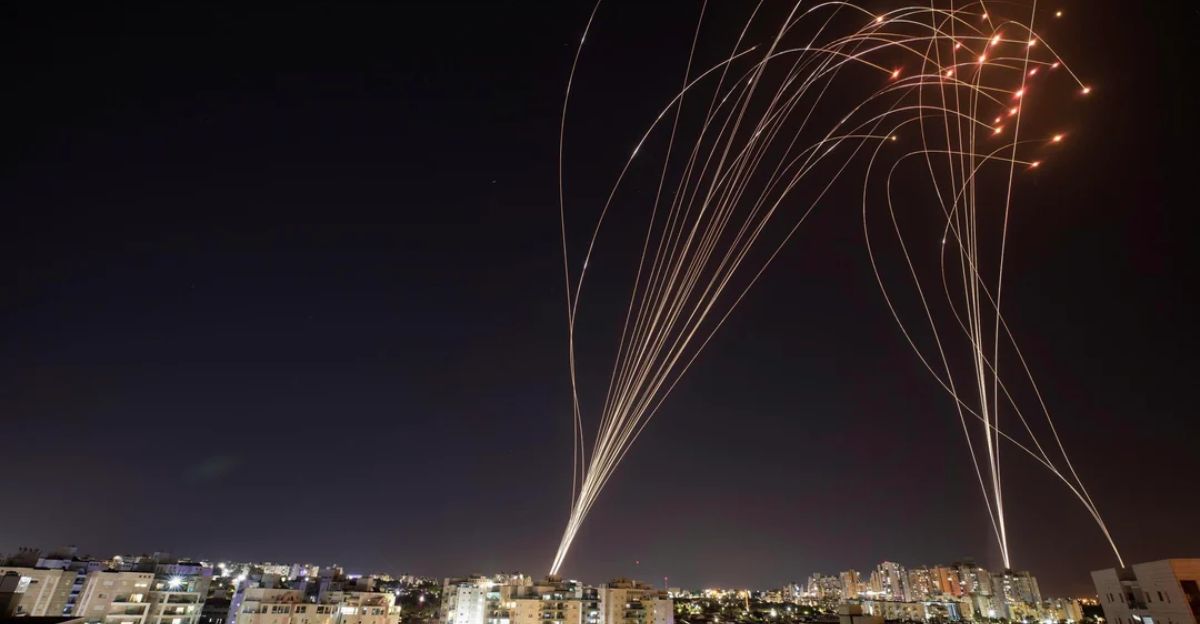
Israel’s missile shield is faltering. Officials told NBC News that the interception rate fell from 90% to just 65% in 24 hours. That kind of drop exposes serious vulnerabilities. And it’s not just about stockpiles. Iran’s hypersonic missiles cut Israel’s response time nearly in half, forcing split-second decisions.
The Wall Street Journal reports that Israel is running dangerously low on Arrow-3 interceptors. U.S. officials warn supplies could run out in weeks. When the systems meant to protect you start failing, and replacements can’t keep up, you’re not just defending anymore. You’re falling behind.
The Infrastructure Damage Keeps Piling Up
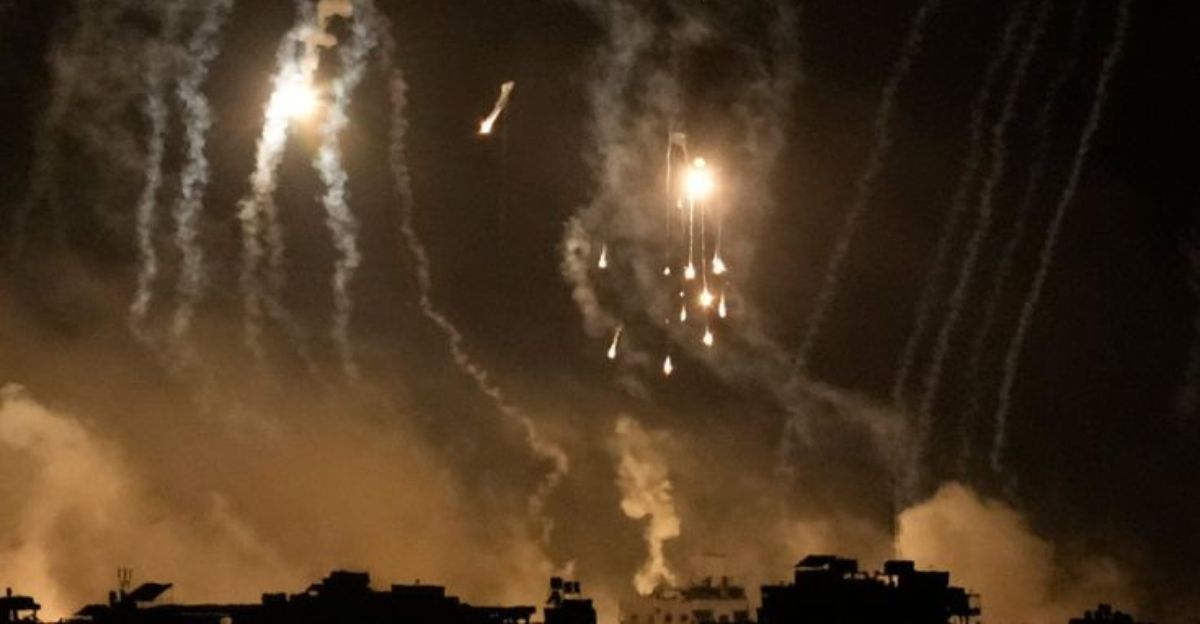
Beyond military spending, Israel faces $400 million in infrastructure repair bills. The Haifa refinery and intelligence sites have taken direct hits. Even more telling, half of Tel Aviv’s shops have closed, leaving the city eerily quiet.
More than 5,000 civilians remain evacuated, with the government spending over $2.5 billion on hotel housing and support. Each successful strike doesn’t just destroy, it forces Israel to spend exponentially more on rebuilding, securing targets, and housing displaced citizens. This is economic attrition, and the financial damage keeps adding up even after the rockets stop.
Iran’s Strategy Is Simple—Bleed Israel Dry
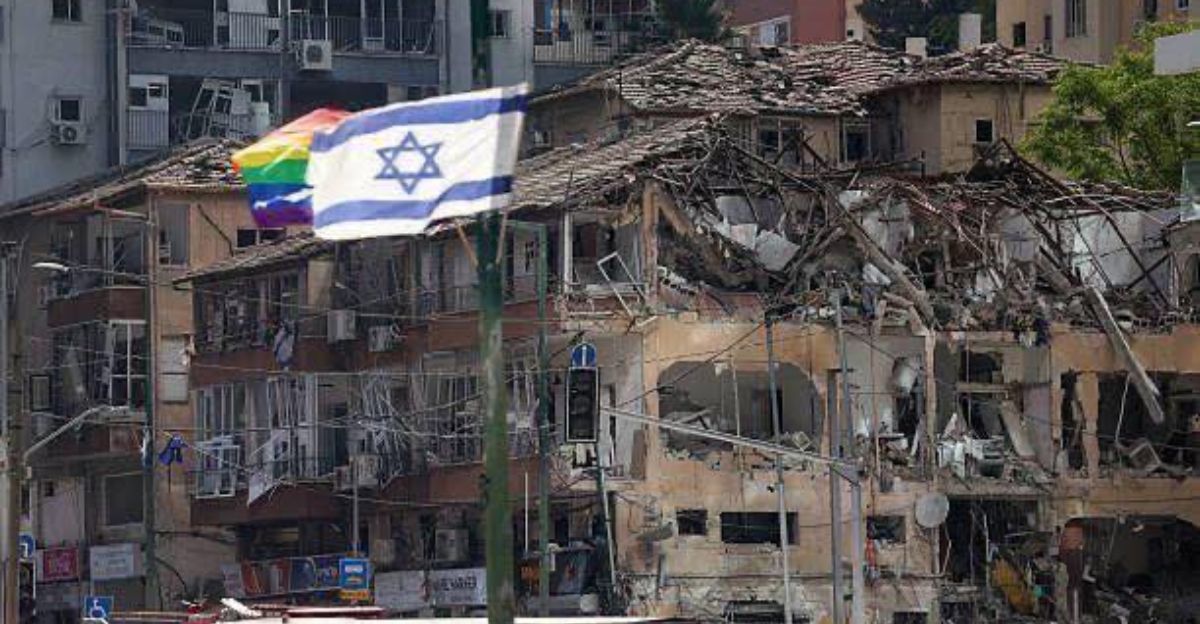
Iran’s doctrine of “strategic patience” is working. They’re absorbing Israeli strikes while dragging the conflict out. Iranian officials have admitted their aim is to stretch the war just long enough to break Israel financially. And it’s working. Israel may have destroyed 35% to 40% of Iran’s ballistic arsenal, but Tehran still has plenty left.
They’re sending just enough missiles to keep Israel’s defenses on high alert, without triggering full-scale escalation. This isn’t about a quick win. It’s about grinding Israel down with every billion spent and every interceptor launched.
The World’s Creditors Are Watching
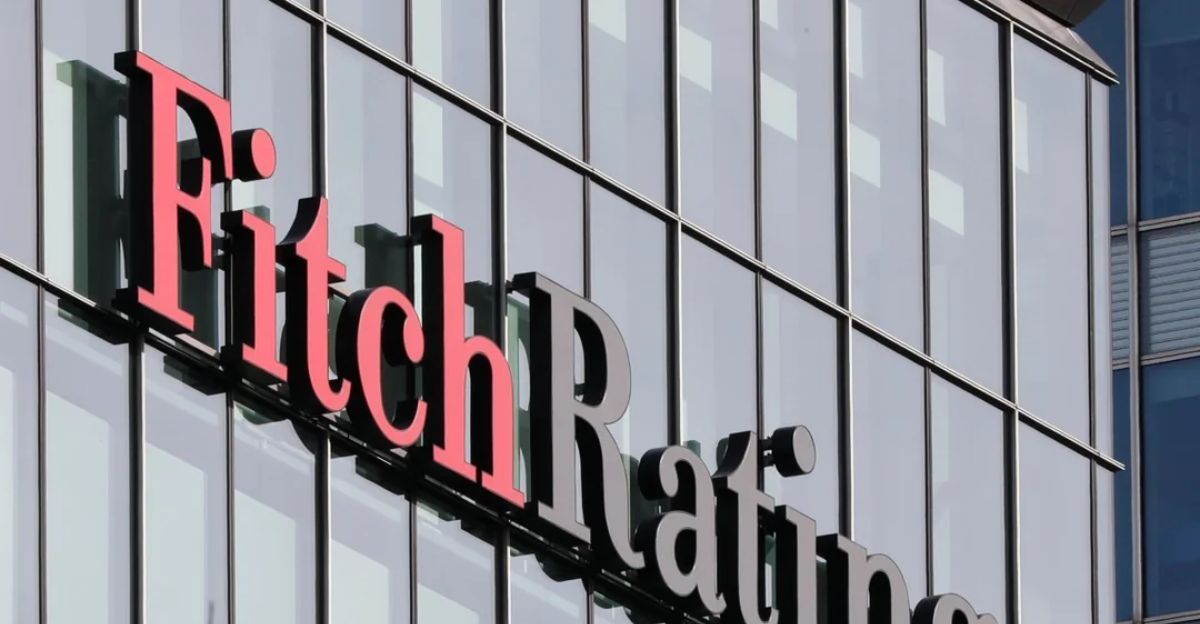
Credit rating agencies are issuing clear warnings. Fitch, S&P, and Moody’s have all downgraded Israel, with Moody’s delivering the steepest cut, from A2 to Baa1. Fitch projected a 7.8% deficit for 2024; the actual figure came in slightly lower at 6.9%. Still, debt-to-GDP has jumped from 61.3% in 2023 to around 68–69% in 2024.
The 2025 budget sets core spending at $163 billion, or $206.4 billion with debt service included. Defense allocations alone hit $38.6 billion, up 65–80% from the $27.5 billion spent in 2023. The shekel has weakened, rattled by volatility, and some European banks have scaled back Israeli exposure. Rating agencies continue to flag prolonged conflict, military strain, and political instability as mounting economic threats.
Israel’s Innovation Engine Is Losing Steam
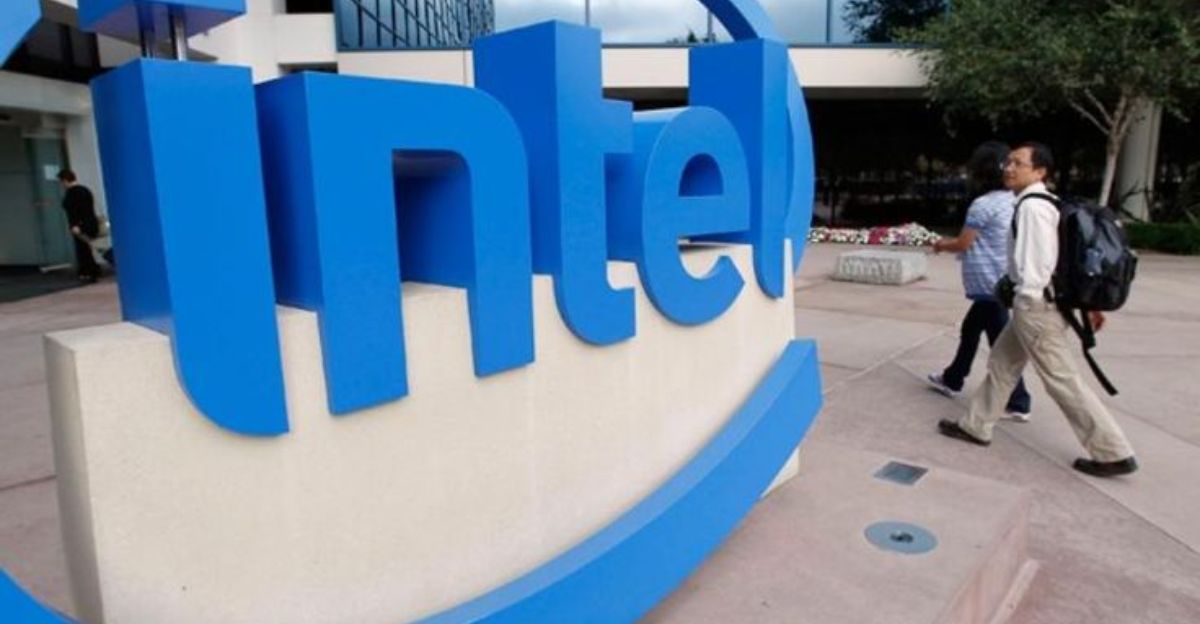
Israel’s high-tech sector, which fuels about 20% of the country’s GDP, is under serious pressure. Venture capital plunged from $15 billion in 2022 to $8 billion in 2023, before rebounding to $12.2 billion in 2024. Still, domestic fundraising collapsed, down 73% to its lowest point since 2015. The sector logged its first employment decline in a decade. Roughly 25% of companies cut staff, most trimming 5–10%.
Intel slashed over 1,000 jobs in multiple rounds, with more layoffs expected in 2025. Chevron also hit pause on its $429 million Leviathan gas project, delaying expansion until at least April 2025. Despite signs of recovery, the long-term health of Israel’s innovation economy remains on shaky ground.
The Reservist Model Is Cracking

Israel’s economy runs on a civilian force that can be pulled into military service, but long conflicts strain that model to its limits. Over 360,000 reservists have been called up. That has a cost.
Bank of Israel Governor Amir Yaron warns extended deployments could shave 0.5% off GDP growth and raise debt levels. One in five evacuees has lost their job. Nearly half report lower income since the war began. The government has poured over $2.5 billion into evacuation support alone, all while losing tax revenue from closed businesses and unemployed workers. The longer this drags on, the deeper the economic hole gets.
Running Low, Rationing Missiles

Missile interceptors aren’t made overnight. Each one depends on a complex chain of suppliers, rare parts, and rigorous testing. The U.S. is trying to help, sending Arrow-3s and deploying more THAAD systems, but global supply chains are already stretched.
Israeli defense officials have begun rationing interceptors, prioritizing only the most serious threats. That’s a flashing red warning: the current pace of use can’t be matched by production. And Iran knows it. They’ve tailored their strategy to exploit this delay, pushing Israel into a fight where time favors the attacker. This isn’t just a production gap. It’s a built-in vulnerability.
A Reckoning Is Inevitable

Spending $200 million a day on defense adds up fast, about 4.5% of Israel’s entire GDP burned every single month. No economy, no matter how advanced, can carry that weight for long. Iran is betting on that exact math. The falling interception rates, rising reconstruction bills, credit downgrades, and tech flight all point to the same conclusion: this war is pushing Israel beyond its economic limits. T
he military edge is still there, but power without sustainability is a losing hand. The real question now isn’t whether Israel can keep fighting, it’s whether it can afford not to change course before the cost becomes irreversible.
Uncover more fascinating moments from history — and hit Follow to keep the stories flowing to your feed!

Don’t miss more incredible stories from the past! Tap Follow at the top of this article to stay updated with the latest historical discoveries. Share your thoughts in the comments — we’d love to hear your perspective!


